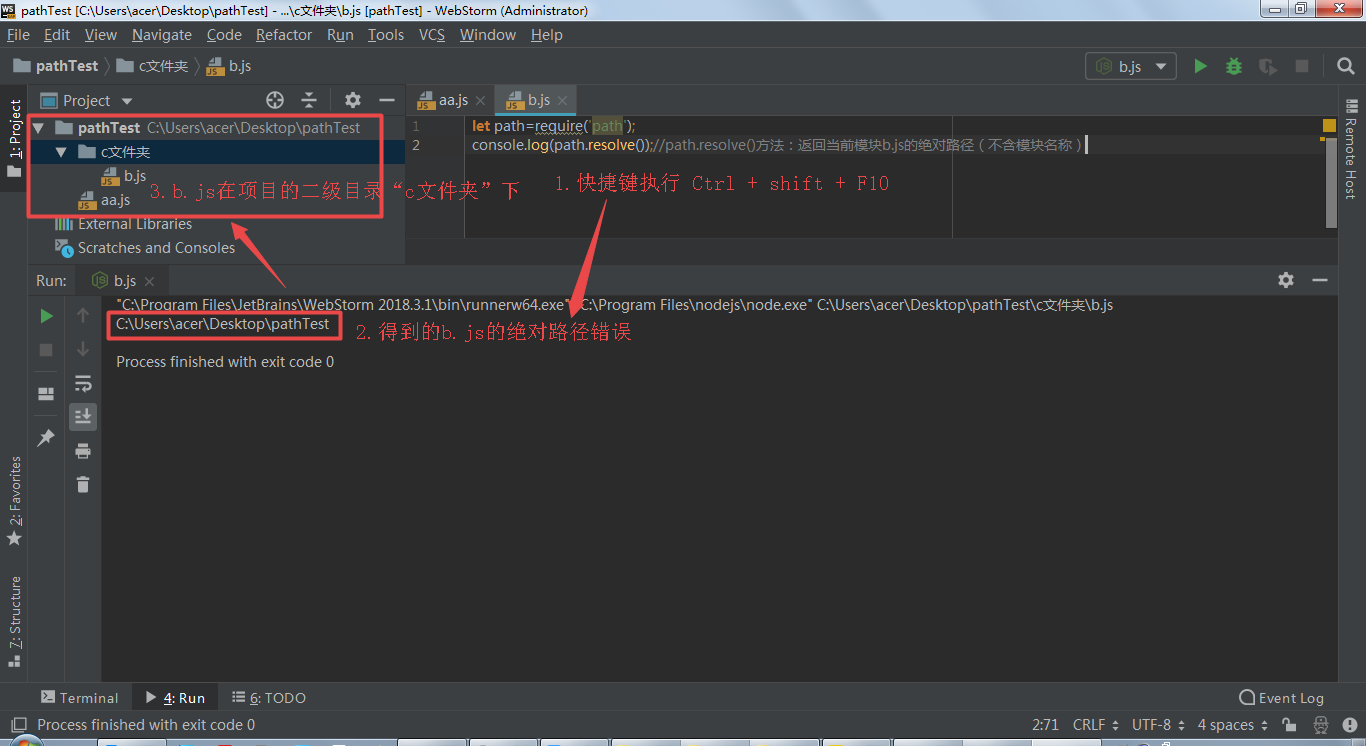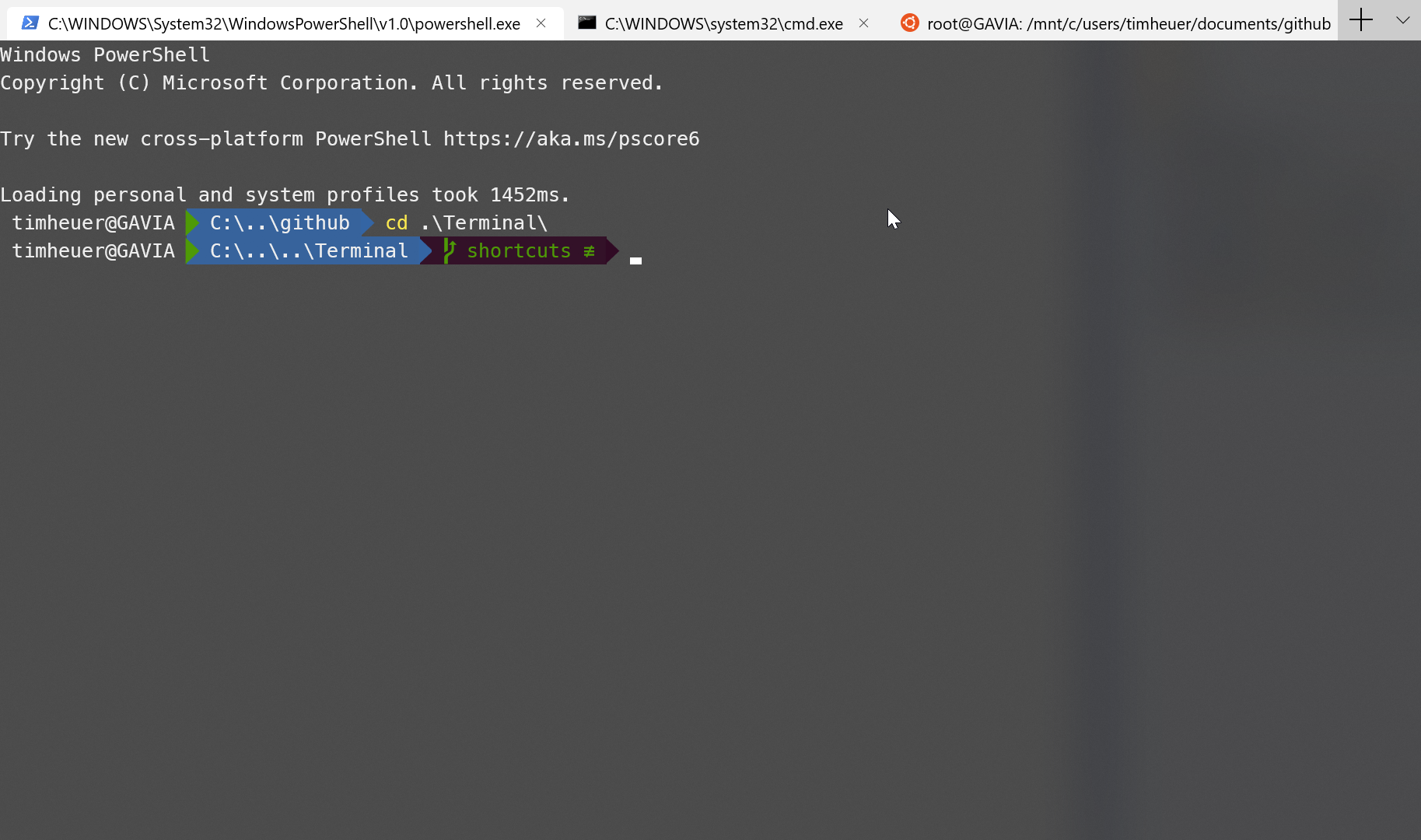

If you have several versions of the same IDE, the Toolbox App generates a shell script for each version with a unique name. On the Settings tab, expand the Tools section, and specify another folder in the Shell scripts location field. Open the Toolbox App, click the Toolbox App menu icon in the top right corner, and select Settings. If you're about to modify the script, remove that block and, after you're done with editing the script, sign it again by repeating step 3.By default, the Toolbox App puts shell scripts in a directory from the system PATH environment variable, so you can run the name of the script as a command to launch WebStorm from any working directory. However, note that signing a certificate adds a signature block in the end of your script containing its hash. Now your profile script won't cause any errors. Never run Do not run Run once Always run Help (default is "D")Īnswer A to always run self-signed certificates. Only run scripts from trusted publishers. This publisher is not trusted on your system. The file is published by CN=PowerShell User. When running a script signed with self-ceritificate for the first time, PowerShell will ask you about trusting the certificate like this: Sign your profile script with the following command: Set-AuthenticodeSignature "" cert:\CurrentUser\My -codesign)

Webstorm terminal path password#
In the same folder, run the following command to import generated certificate files as your self-signed certificate - it will ask for the password you're defined above: makecert -pe -n "CN=PowerShell User" -ss MY -a sha1 -eku 1.3.6.1.5.5.7.3.3 -iv root.pvk -ic root.cer Run the following command in PowerShell to create ceritificate files root.pvk and root.cer - it will ask you to define and then confirm password to the certificate: makecert -n "CN=PowerShell Local Certificate Root" -a sha1 -eku 1.3.6.1.5.5.7.3.3 -r -sv root.pvk root.cer -ss Root -sr localMachine However, while you won't be able to run arbitrary PowerShell scripts all around, for profiles and other local scripts that's only modified manually there's still a solution: Attempts to change this settings directly in registry is also ineffective: they're applied on restart or login, but at the same time they're being re-imported from Active Directory. You can't set execution policies at this scopes with PowerShell or gpedit.msc.

"Get-ExecutionPolicy -List" to view your execution policy settings.įor more information please see "Get-Help Set-ExecutionPolicy". Due to the override, your shell will retain itsĬurrent effective execution policy of AllSigned. Successfully, but the setting is overridden by a policy defined at a
Webstorm terminal path windows#
Set-ExecutionPolicy : Windows PowerShell updated your execution policy

A primary symptom of this situation is the following message: In PowerShell, that corresponds to scopes MachinePolicy and UserPolicy. Usually that's because of corporate security settings in Active Directory. However, you may run to an occasion when you're not able to change execution policy. Note that Unrestricted level is the least secure of all, and you're usually can go with RemoteSigned in order to disable unsigned scripts downloaded from the web until you manually remove Internet or Intranet Zone.Identifier from them, usually with Unlock button in file properties. As mentioned in other answers, if after setting powershell.exe as your terimal in IntelliJ → Settings → Tools → Terminal → Shell path it throws UnAuthorizedAccess errors, normal way to solve this is to alter execution policy: Set-ExecutionPolicy RemoteSigned -Scope CurrentUser


 0 kommentar(er)
0 kommentar(er)
